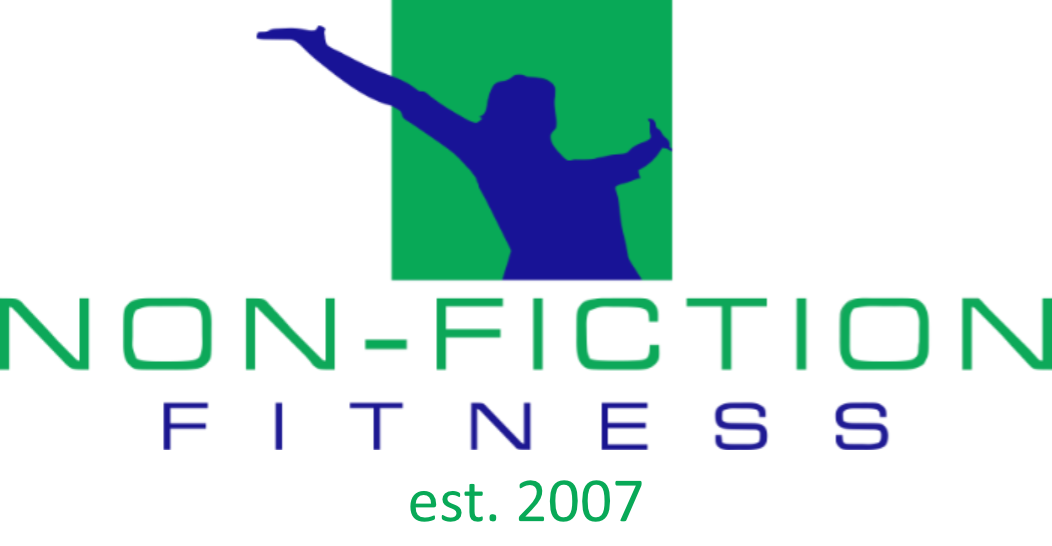Hey! I hope you’re having a great day!
If you’re like me than you’ve probably had a time or two where you’ve had some activity induced soreness in your knees, hips or feet. If you haven’t, consider yourself lucky. For the rest of us we know that there are certain things we have to be careful with in order to not develop a problem in these areas.
For me it was basketball. After about the fourth week of playing again I started to get very sore on the inside of my left knee. At one point it was so bad that it felt like something might be slightly torn. Getting MAT, doing follow up exercises and resting it was enough to calm it down but when I would play again it would happen again. I knew I had to be missing something.
When analyzing the situation I realized that right around the time that I had made a shoe change was when it started. I had switched from a barefoot style shoe to a traditional shoe to protect my feet from the pounding of running on the court. When I did an experiment on myself by switching back to the barefoot shoes I discovered that the soreness was greatly reduced. After a while, the combination of MAT, exercises and the shoe change was enough to keep the pain away and now I can even play twice as much as I did before without problems.
During this process I began to do research on the clinical studies that have been done comparing barefoot style shoes to traditional shoes and what I found is the basis for what is now part of my advice I give to every client.
First off let me define what barefoot shoes are. Barefoot shoes or “minimalist” shoes are basically shoes that are designed to allow the foot to go through its natural strike and propulsion pattern while walking or running. They are made to be fundamentally different from traditional shoes in a few key ways-

2. The flexibility of the forefoot pad is greater in the barefoot shoe than in the traditional shoe. To understand what I mean, grab a pair of your shoes and bend the toe upward. If they are traditional shoes, they will not bend very easily. This bend in the shoe is required for normal gait because as you push off to bring your leg in front of your body your shoe must bend in that direction to accommodate. If it doesn’t than you will have to again use more knee and hip joint motion to bring your leg in front.
So why do traditional shoes feel so comfortable on the feet if they are so unnatural? A recent study published by the Journal of Clinical Biomechanics sheds some light on the topic.
In a recent biomechanical study that examined the forces on the various joints and tendons of the lower extremity while wearing barefoot shoes compared to traditional shoes, the participants that wore the barefoot shoes were found to have more force going through their ankle and Achilles tendon and less force going through their knee and patella tendon.
The conventional shoes were found to place more force through the knee and patella tendon and less force through the ankle and Achilles tendon. This change in force distribution makes the conventional shoe potentially more favorable for reducing stress on the ankle and the barefoot shoe potentially more favorable for reducing stress on the knee and hip.
This is a very cool finding for those of us seeking to reduce stress in any of these three areas, however there are some things to be made aware of before making the switch. I explain a few of those things, show a demonstration on how to determine if you have a barefoot shoe or traditional shoe and even make a recommendation for which barefoot shoe to try in the video “Barefoot shoes vs Traditional shoes” which has just been posted to my website.
You can watch it by clicking below.
Enjoy!
Chris
